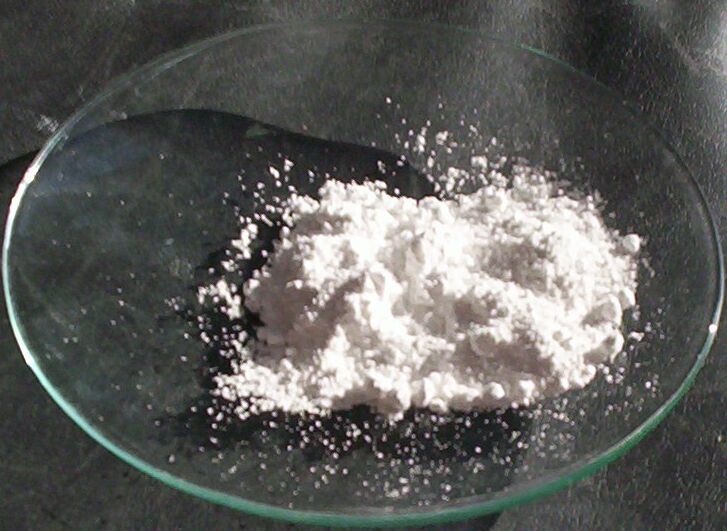As single-junction silicon solar cells push closer to their practical efficiency limit (somewhere around the 30% mark), it becomes more and more difficult to find further improvements to performance. And while plenty of PV research is already looking to multijunction devices and other alternatives to keep the numbers going up, there’s still plenty of work going into optimizing silicon.
Passivating contacts are still relatively new in manufacturing and have plenty of room for improvement. Currently, doped hydrogenated amorphous silicon (a-Si:H) or polycrystalline silicon (Poly-Si) are the most commonly used, and have achieved the best results in passivation quality and low resistivity to date.
However, the limited transparency of these materials means they can only go so far in improving cell performance. Several material classes are investigated as possible replacements, and transition metal oxides are among the leading candidates for a replacement, and are the subject of newly published research led by scientists at Australia National University (ANU).
Transition metal oxides
Transition metal oxides – in particular, titanium oxide (TiO2), offer many of the ideal qualities for a passivating contact layer. But attempts to use them so far have struggled with passivation quality, thermal stability and other practical issues.
“A general trend apparent in these previous studies is that improving the surface passivation of pure or doped TiO2 single layers or Al2O3/TiO2 stacks generally comes at the expense of increasing contact resistivity, and vice versa,” the ANU researchers said. “We demonstrate an innovative method for obtaining an outstanding silicon surface passivation combined with a low contact resistivity.”
They described their method in “Outstanding surface passivation for highly efficient silicon solar cells enabled by innovative AlyTiOx/TiOx electron-selective contact stack,” which was recently published in RRL Solar. The group combined aluminum alloyed TiO2 and pure TiO2 in a stack formation, deposited using atomic layer deposition. By testing various film thicknesses and deposition temperatures they were able to optimize the passivation quality and electrical performance of the layers, which was observed and characterized using various imaging techniques.
Popular content
Proof of concept
Crystalline silicon cells fabricated with this layer achieved a top efficiency of 21.9%, which the group says is already comparable with other passivating contact materials, and offers more room for further optimization.
“The electron-selective passivating contact enabled by our novel stack (AlyTiOx/TiOx) at 75 C appears to be highly competitive with state-of-the-art poly-Si electron-selective passivating contacts (SiOx/n+-poly-Si), which are currently expected to enable the next generation of c-Si solar cells (while having better optical performance),” they said.
To achieve this potential for higher performance, the group says it will now focus on further improving passivation stability after metallization.
“We believe that by definitively addressing these challenges, our novel stack has the potential to match, and possibly outperform, Si-based contacts (a-Si:H and poly-Si) in terms of fabrication cost, simplicity, and performance,” they said.
This content is protected by copyright and may not be reused. If you want to cooperate with us and would like to reuse some of our content, please contact: editors@pv-magazine.com.



By submitting this form you agree to pv magazine using your data for the purposes of publishing your comment.
Your personal data will only be disclosed or otherwise transmitted to third parties for the purposes of spam filtering or if this is necessary for technical maintenance of the website. Any other transfer to third parties will not take place unless this is justified on the basis of applicable data protection regulations or if pv magazine is legally obliged to do so.
You may revoke this consent at any time with effect for the future, in which case your personal data will be deleted immediately. Otherwise, your data will be deleted if pv magazine has processed your request or the purpose of data storage is fulfilled.
Further information on data privacy can be found in our Data Protection Policy.